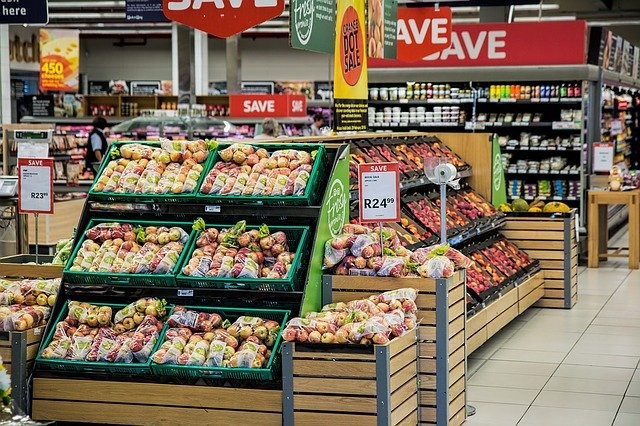Your full grocery cart will get more expensive next year, according to a national food study, with Tri-City families expected to pay nearly $500 more in 2020 for fresh meat, seafood, fruit and vegetables.
A joint Dalhousie University and University of Guelph report says climate change, changes in packaging, trade wars and other global factors will hit local pocketbooks.
“Overall food prices could increase by as much as 4% in 2020,” states the 10th edition of Canada’s food price report.
Vegetables, meat, seafood and fruit will face the biggest increase but, in 2020, all categories will see increased prices, particularly as consumer preferences change, trade wars continue, global growth decelerates and wages are not adjusted for inflation.
Not all grocery news is doom and gloom, however, as innovation could make shopping easier and more environmentally friendly.
The report notes that Sobeys, which owns Safeway, FreshCo, IGA and Thrifty Foods, among others, is introducing artificial intelligence. In a pilot project in Oakville, Ont., store carts use GPS to help shoppers find goods, then tally up the bill for hassle-free purchases.
In another innovation, Loblaws, which owns No Frills and Real Canadian Superstore, has announced a partnership with Loop, which allows shoppers to purchase goods in re-fillable containers and have them delivered.
As well, the rise of plant-based alternatives will provide Canadians with choice in how they get their protein. But global demand for meat outside Canada will increase prices while salmon, particularly wild salmon, is becoming increasingly scarce and more expensive in grocery stores because stocks are low, owing to a host of ecological threats.
Overall, though, Canadians grocery carts will see some pressure as suppliers deal with a range of domestic and international issues, with hikes on top of last year’s increases, which saw a 17% increase in the price of vegetables.
In 2020, the average family of four, with one teenage boy and a pre-teen girl, is expected to spend $12,667 on food.
The increases comes as Canadians are encouraged to eat more vegetables and whole grains and less meat, with a new Canada Food Guide released early in 2019. In addition to suggesting people eat healthier diets, the food guide notes that more than four million Canadians are food insecure, including over 1.15 million children.
For the latest food price report, researchers used historical data, machine learning algorithms and predictive analytics tools to come up with their predictions, which suggest a 2% to 4% increase in food items, with B.C. among the provinces expected to see increases.



